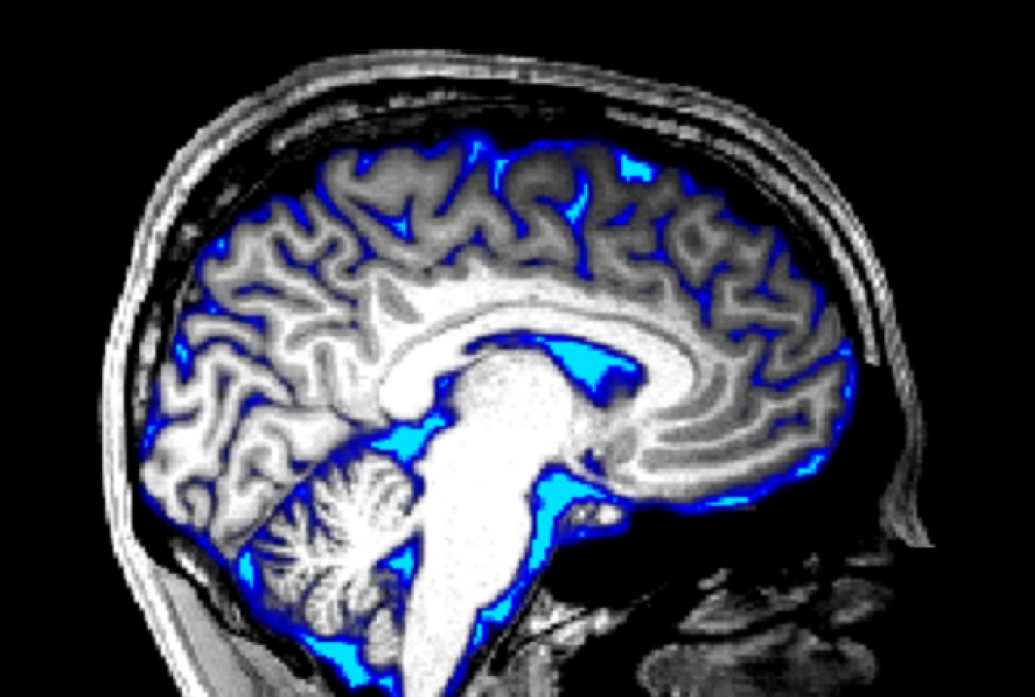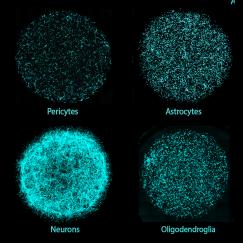The flow of cerebrospinal fluid in the brain is linked to waking brain activity, according to a new study publsihed in the open access journal PLOS Biology on March 30. The research demonstrates that manipulating blood flow in the brain with visual stimulation induces complementary fluid flow. The findings could impact treatment for conditions like Alzheimer’s disease, which have been associated with declines in cerebrospinal fluid flow.
The reserach was performed at Boston University and Massachusetts General Hospital by the lab of Laura Lewis, now Athinoula A. Martinos Associate Professor in MIT's Department of Electrical Engineering & Computer Science. Lewis is a core faculty member of the Institute for Medical Engineering & Science and an affiliate member of The Picower Institute for Learning and Memory at MIT. Graduate student Stephanie Williams is the lead author.
Just as our kidneys help remove toxic waste from our bodies, cerebrospinal fluid helps remove toxins from the brain, particularly while we sleep. Reduced flow of cerebrospinal fluid is known to be related to declines in brain health, such as occur in Alzheimer’s disease. Based on evidence from sleep studies, the researchers hypothesized that brain activity while awake could also affect the flow of cerebrospinal fluid. They tested this hypothesis by simultaneously recording human brain activity via fMRI and the speed of cerebrospinal fluid flow while people were shown a checkered pattern that turned on and off.
Above MRI image of adult brain, with regions of cerebrospinal fluid overlaid in blue.. Stephanie D. Williams (CC-BY 4.0)
Researchers first confirmed that the checkered pattern induced brain activity; blood oxygenation recorded by fMRI increased when the pattern was visible and decreased when it was turned off. Next, they found that the flow of cerebrospinal fluid negatively mirrored the blood signal, increasing when the checkered pattern was off. Further tests showed that changing how long the pattern was visible affected blood and fluid in a predictable way, and that the blood-cerebrospinal fluid link could not be accounted for by only breathing or heart rate rhythms.
Although the study did not measure waste clearance from the brain, it establishes that simple exposure to a flashing pattern can increase the flow of cerebrospinal fluid, which could be a way to combat natural or unnatural declines in fluid flow that occur with age or disease.
“This study discovered that we can induce large changes in cerebrospinal fluid flow in the awake human brain, by showing images with specific patterns," Lewis said. "This result identifies a noninvasive way to modulate fluid flow in humans.”
--Text originally from PLOS. Edited by The Picower Institute.







